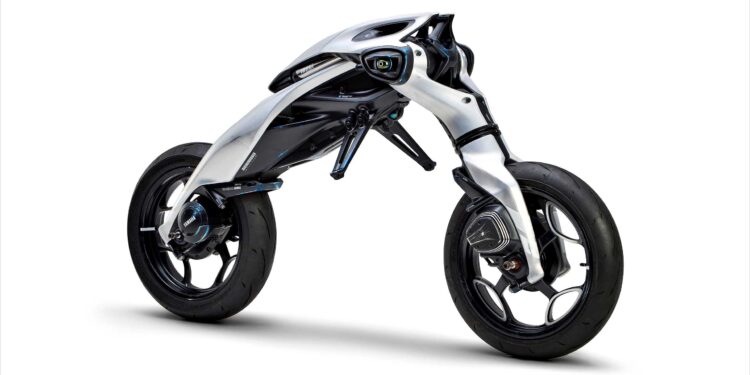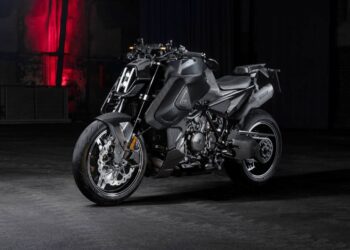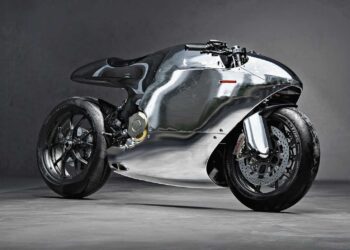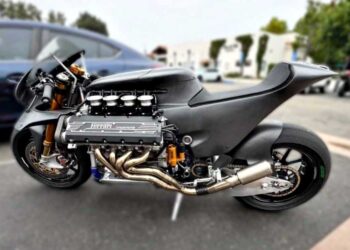We don’t focus on two-wheeled machines as much, here on duPont REGISTRY. Earlier this year, we touched on the wheel-less Volonaut and a Ferrari-powered motorcycle that undoubtedly sounds phenomenal. Yamaha’s MOTOROiDΛ concept fits perfectly into that narrative of standouts and what a motorcycle can be. Back in 2017, at the Tokyo Motor Show, Yamaha stunned the world when the first MOTOROiD stood upright on its own, recognized its owner, and followed voice and gesture commands. MOTOROiD2 builds on that with a more intelligent, lifelike personality, because now, it doesn’t just obey, it interacts.
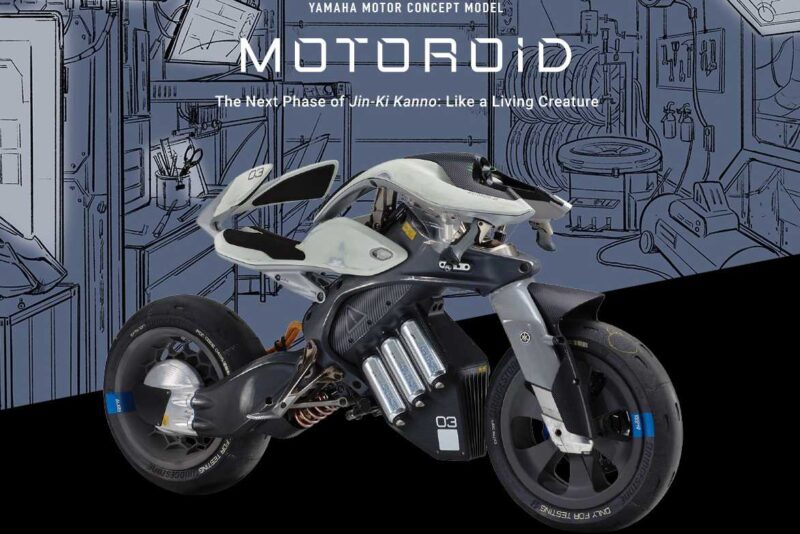
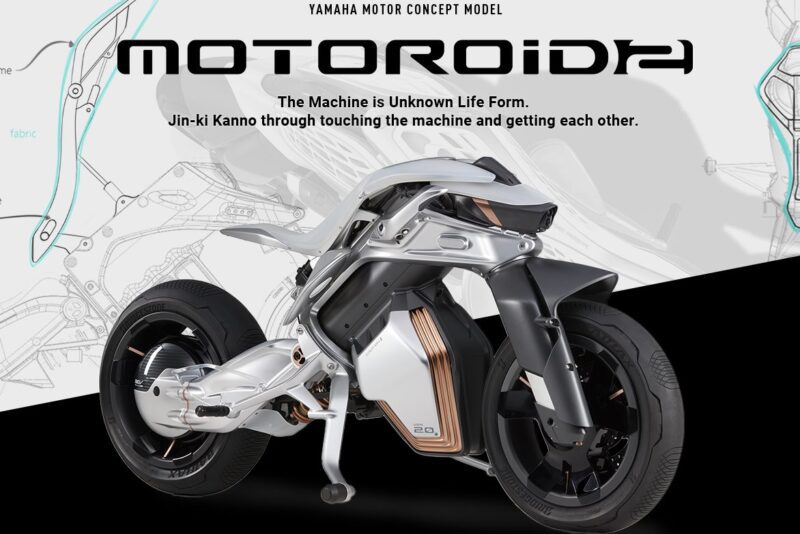
The company’s “Jin-Ki Kanno” philosophy, meaning becoming one with your machine, takes on new meaning here. The MOTOROiD2 that followed in 2023 featured a quad-camera AI system that recognizes its rider from every angle. Paired with AMCES (Active Mass Center Control System) and a self-balancing mechanism, it keeps the bike upright by dynamically shifting the battery under the frame. It appears to react naturally, maintaining balance even at crawling speeds where traditional bikes wobble.
But the real innovation here is something that Yamaha calls LEAF, a haptic interface that wraps around the rider like a living membrane. It senses things like body position, adjusts its shape, and even glows to communicate. This translucent structure flexes and illuminates in sync with movement, creating a tactile and visual dialogue between rider and machine. It’s how Yamaha imagines a motorcycle that can “feel” and respond without buttons or levers.
MOTOROiD2 also introduced a new set of riding postures. You can ride it traditionally, in a “jockey” stance that locks your knees into place, or in a “centaur” mode that frees your upper body completely. The machine adjusts its geometry accordingly, letting you shift from control to symbiosis in real time.
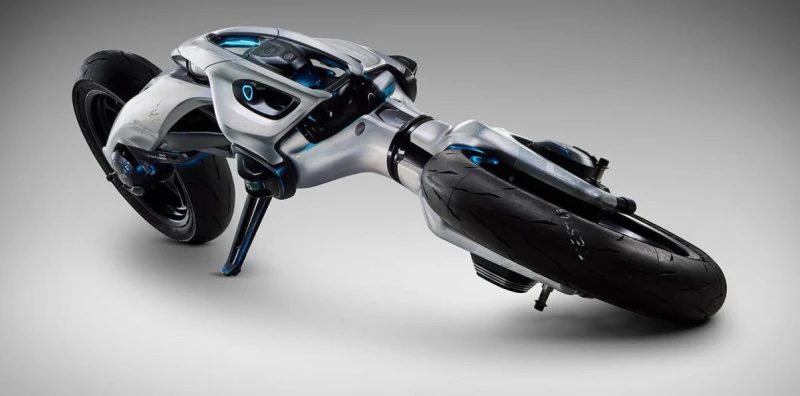
And now, at the 2025 Japan Mobility Show, Yamaha is pushing the idea even further with MOTOROiD:Λ. This latest evolution can learn and adapt through reinforcement learning, training in virtual environments before applying its skills in the real world using Sim2Real techniques. It moves with fluid, organic precision, supported by a lightweight exoskeleton designed to handle the impact of its own trial-and-error process. In simple terms, MOTOROiD:Λ can think, learn, and evolve beside its rider.
Yamaha’s MOTOROiD project began as an experiment in redefining human–machine relationships. With MOTOROiD, then MOTOROiD2, and now MOTOROiD:Λ, it’s fast becoming a vision of motorcycles that grow with you. Machines that recognize you, respond to you, and one day, might even understand you.
Images: Yamaha


